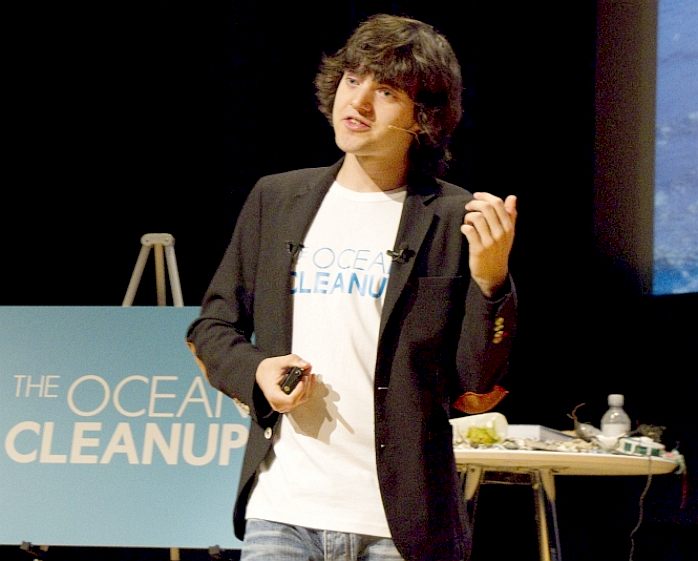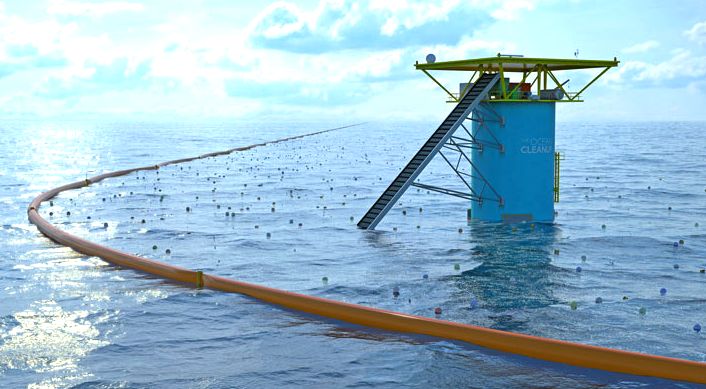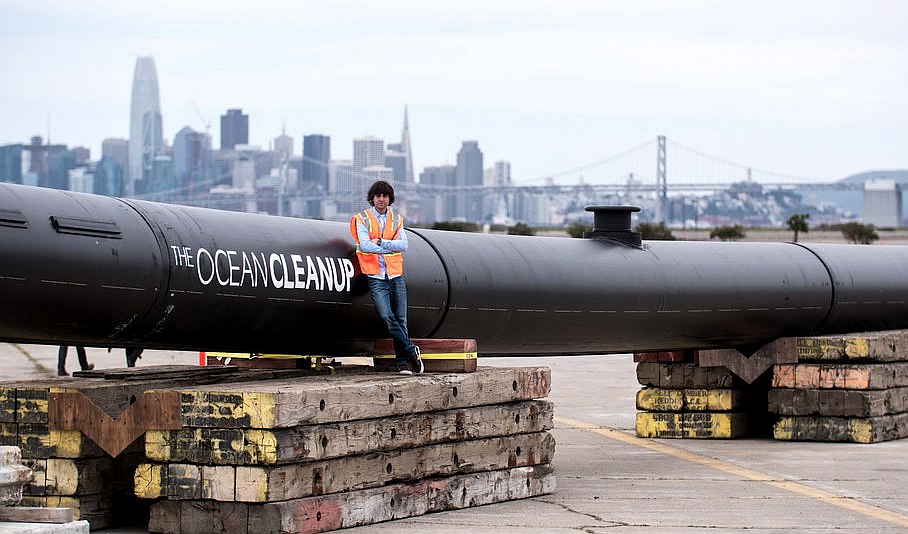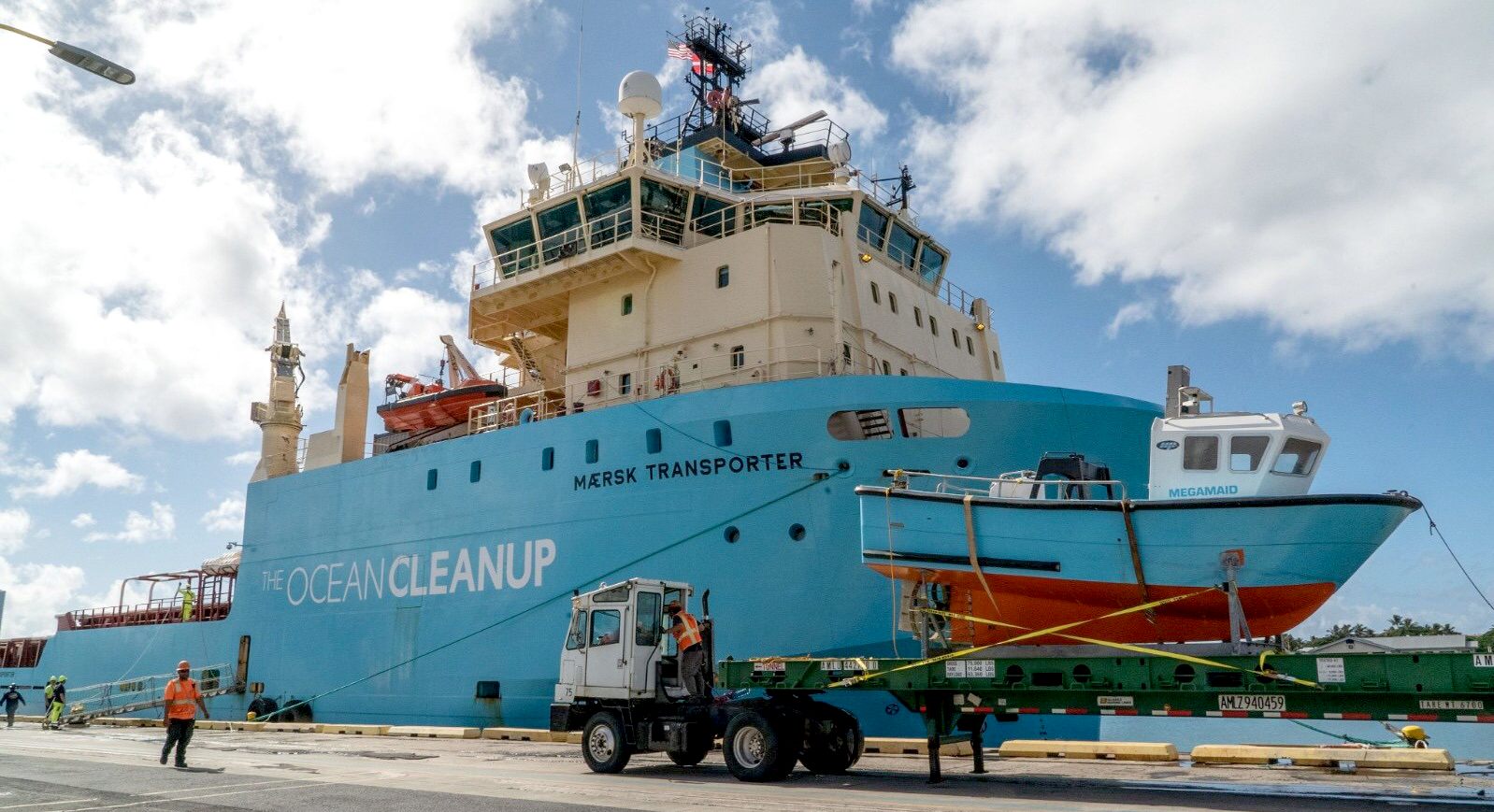|
2012 THE OCEAN CLEANUP PROJECT
PLEASE USE OUR A-Z INDEX TO NAVIGATE THIS SITE
|
|
Boyan Slat presenting the Ocean Cleanup concept
Initially, there was little interest but, since his TED talk, How the Oceans can Clean Themselves, went viral, he has attracted thousands of volunteers and $2M of funding for pilot installations. In 2014, he won the Champions of the Earth award of the United Nations Environment Programme.
Slat proposed the cleanup project and supporting system in 2012. In October, Slat outlined the project in the TED-talk. The initial design consisted of long, floating barriers fixed to the seabed, attached to a central platform shaped like a manta ray for stability. The barriers would direct the floating plastic to the central platform, which would remove the plastic from the water. Slat did not specify the dimensions of this system in the talk.
This was the original tower and conveyor belt system that was later abandoned.
The Ocean Cleanup is non-government engineering environmental organization based in Netherlands, that develops technology to extract plastic pollution from the oceans.
Boyan Slat is not alone in the fight against ocean plastic. These emerging technologies could all play a part in containing the mountain of plastic that is accumulating on the oceans floors, by recovering floating debris before it sinks. New ideas are welcomed.
PROJECT HISTORY 2012 - 2021
2021 - Qualified success Sept 16 (Reuters)
OCEAN CLEANUP PROJECTS
* Aliance to end Plastic Waste * Boyan Slat's ocean booms * 4Ocean recycled plastic bracelets * Seabin * SeaVax autonomous drones
LINKS & REFERENCE
https://theoceancleanup.com/
WIND
AND WAVES
-
The floating boom systems are designed to capture plastics ranging from small pieces just millimeters in size, up to large debris, including massive discarded fishing nets (ghost nets), which can be tens of meters wide.
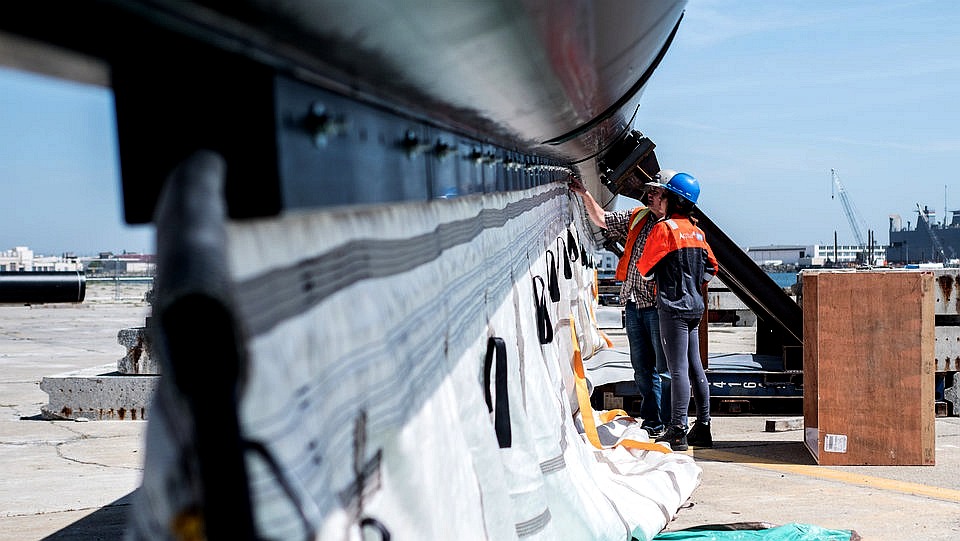 |
|
|
ABS - BIOMAGNIFICATION - CANCER - CARRIER BAGS - COTTON BUDS - DDT - FISHING NETS HEAVY METALS - MARINE LITTER - MICROBEADS - MICRO PLASTICS - NYLON - OCEAN GYRES - OCEAN WASTE PACKAGING - PCBS - PET - PLASTIC - PLASTICS - POLYCARBONATE - POLYSTYRENE - POLYPROPYLENE - POLYTHENE - POPS PVC - SHOES - SINGLE USE - SOUP - STRAWS - WATER
PLEASE USE OUR A-Z INDEX TO NAVIGATE THIS SITE
|
|
|
This website is provided on a free basis as a public information service. copyright © Cleaner Oceans Foundation Ltd (COFL) (Company No: 4674774) 2019. Solar Studios, BN271RF, United Kingdom. COFL is a company without share capital.
|
